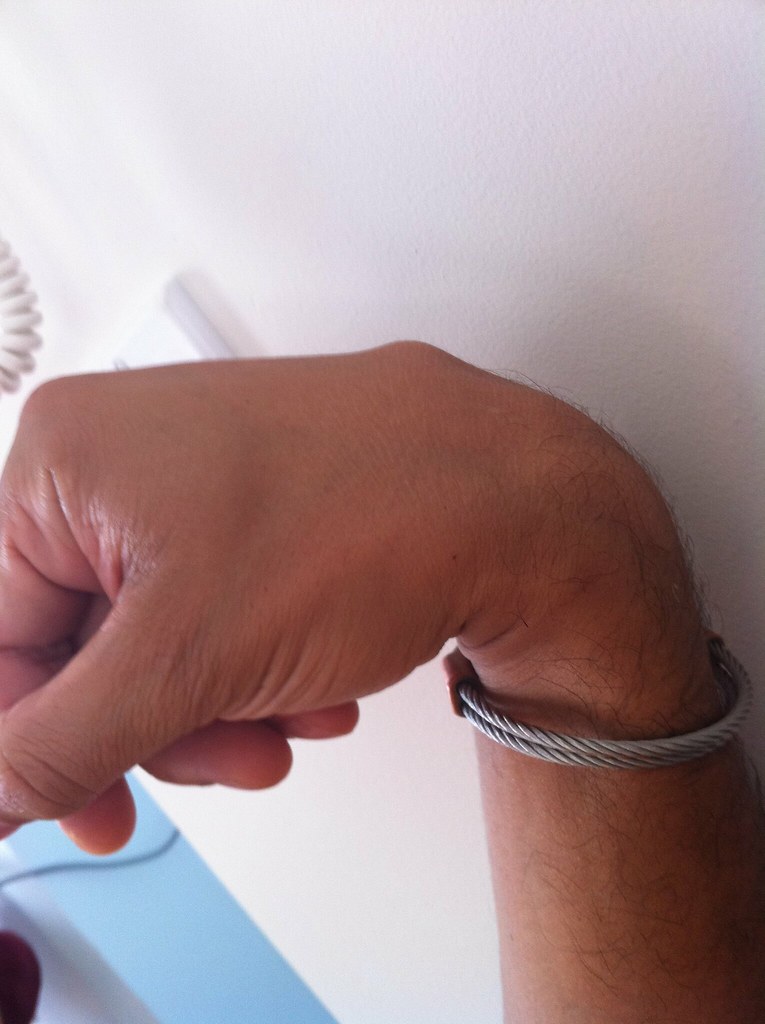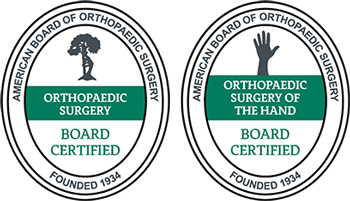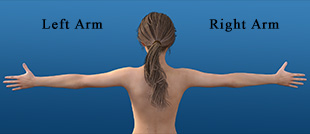Carpal Boss or Ganglion Cyst?
If you have a bump on your wrist, you’re probably wondering what it is. A few conditions have similar symptoms, making it challenging to determine the exact cause of your pain. How do you know if you have a carpal boss or a ganglion cyst?
Contents
What Is a Carpal Boss?

Carpals are the group of bones that make up the wrist. Therefore, when doctors describe problems in this area, carpal is often part of the condition’s name, as in the case of carpal tunnel syndrome, carpal arthritis, and carpal bone hypoplasia. This is also the case in the condition known as a carpal boss.
Boss is a medical term that refers to an area of protuberance on the body. A carpal boss is a bony prominence or bump, usually located on the back of your hand where the carpal and metacarpal bones meet. While it’s rare to cause severe pain, the lump can sometimes be tender to the touch and troublesome when moving your wrist.
What Causes a Carpal Boss?
Medical researchers have not determined a single exact cause for carpal boss. It’s related to osteoarthritis, joint trauma, congenital issues, and wrist overuse. A carpal boss usually forms in adults 40 and older.
How is a Carpal Boss Diagnosed?
An orthopedic doctor will check the lump on the back of your hand. They’ll run through a series of questions with you, such as when you first noticed the lump. They’ll also ask about your daily activities, feel the bump, and attempt to move it around. This manipulation determines if it’s hard like a tumor or a bony structure or soft like a cyst. This examination enables your healthcare professional to begin to diagnose your condition and helps them decide if you’ll require surgery.
If you experience significant pain when the orthopedic surgeon moves your wrist around or touches the lump, they’ll order an X-ray for your hand. While an X-ray image can’t show a cyst, it helps your doctor to eliminate other conditions that can limit joint movement and cause discomforts, such as bone tumors or gout.
How Is a Carpal Boss Treated?
Your doctor will recommend conservative measures first, such as taking over-the-counter non-steroidal anti-inflammatory drugs (NSAIDs), prescription pain relievers, or applying a cold compress to the area of the carpal boss. These methods can often bring relief. However, if they don’t, surgery may be an option.
What Is a Ganglion Cyst?
At first glance, a carpal boss and a ganglion cyst can be confused as they look alike and are usually located in the same area. The difference is that a carpal boss is a hardened area, while a ganglion cyst feels softer to the touch. This is because it contains a jelly-like fluid rather than a bony substance. A ganglion cyst can be rolled between the fingers and usually doesn’t cause pain.
What Causes a Ganglion Cyst?
The cause of a ganglion cyst is also unknown. What is known is that it grows out of the lining of a tendon or out of a joint. It appears to be a small water balloon on a stem and has been observed to occur when the tissue surrounding a tendon or joint swells and protrudes out of place. The fluid inside the cyst is a thick lubricating type found around tendons or in joints.
Some factors can increase your risk of developing a ganglion cyst, including:
- Age and sex: While anyone can develop a ganglion cyst, it tends to more often affect women between 20 and 40 years of age.
- Osteoarthritis: Arthritis in the joints closest to the fingernails places one at increased risk for developing a ganglion cyst near those joints.
- Tendon or joint injury: Ganglion cysts are often found in tendons or joints that have been injured in the past.
How is a Ganglion Cyst Diagnosed?
Your doctor will perform a physical exam, including applying pressure to the cyst to test for discomfort or tenderness. They may also attempt to shine a light through the cyst to investigate whether it’s filled with fluid or consists of a solid mass. Your doctor may also opt to order imaging tests, including X-rays, magnetic resonance imaging (MRI), or an ultrasound. These tests help your doctor eliminate other ailments, such as arthritis or tumors. Ultrasounds and MRIs are also helpful in locating hidden cysts.
Additionally, the diagnosis of a ganglion cyst can be further tested and confirmed by an aspiration procedure. Your doctor will use a needle and syringe to extract fluid from the cyst. This fluid can be translucent or thick and transparent.
How is a Ganglion Cyst Treated?
Ganglion cysts often require no treatment as they are usually painless. Your doctor may advise taking a wait-and-see approach. If the cyst becomes bothersome, causes pain, or interferes with joint movement, your physician may recommend one of the following treatments:
Immobilization
Since a ganglion cyst can get larger with activity, your doctor may recommend a brace or a splint to immobilize the area temporarily. It may relieve the pressure on your nerves enough to cause the cyst to shrink. This may also relieve any pain. One word of caution, though, don’t use a splint or a brace long-term, as it can cause adjacent muscles to weaken.
Aspiration
Your doctor will use a needle and syringe to drain fluid from the cyst. Aspiration may only provide temporary relief as the cyst may reoccur.
Surgery
If other treatments don’t work, surgery may be an option. Your surgeon will remove the cyst and the stalk attaching it to the joint or tendon. This surgery can injure surrounding blood vessels, tendons, and nerves in rare cases. Another drawback to the surgery is that the cyst can reoccur, despite the removal.
If you suspect either of these conditions, the most important thing is not to try and diagnose yourself. Only a doctor can diagnose you and tell you the difference between these two conditions, which can present similar symptoms. Knowing which of these two conditions you have, or if it’s another condition entirely, is the only way to receive effective treatment and relief.
If you’re in the Dallas area, seek medical attention from our knowledgeable orthopedic surgeon at the Hand & Wrist Institute. You can reach us at 855-558-4263 or ask the doctor a question by completing our secure online form. Appointments can also be scheduled online for your convenience.
Carpal boss by Derek Rose is licensed with CC BY 2.0

























